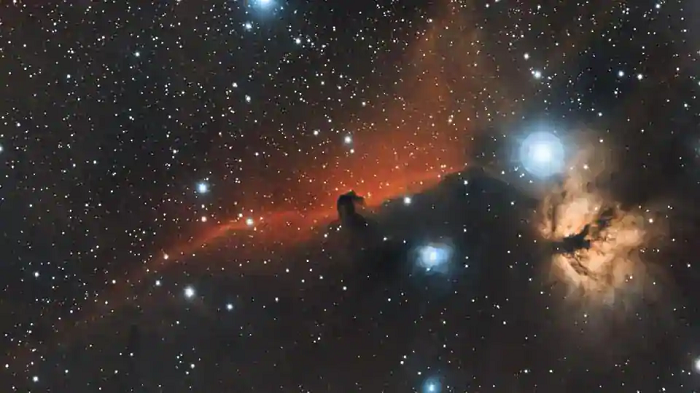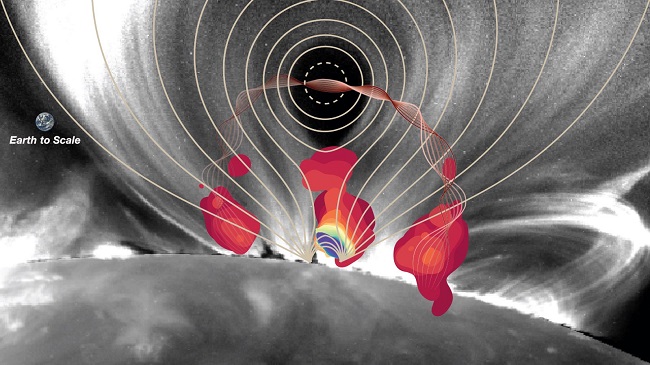
Texas, Jul 28: An international team of astronomers has proposed a new method for the formation of aluminum-26, a radioactive isotope of the chemical element aluminum, in star systems that are forming planets.
It is vital for the astronomers to know where aluminum-26 comes from because its radioactive decay is thought to provide a heat source for the building blocks of planets, called planetesimals.
The research of the international team, including Stella Offner of The University of Texas, is published in The Astrophysical Journal.
"Atoms like aluminum and its radioactive isotope aluminum-26 allow us to perform solar system 'archeology. It is exciting that the abundances of different atoms today can provide clues about the formation of our solar system billions of years ago," Offner said.
Since its discovery in 1976, astronomers from different wakes, have debated the origin of the considerable amount of aluminum-26 in our early solar system.
However, Offner's team has proposed that aluminum-26 formed close to the young Sun, in the inner part of its surrounding planet-forming disk. As material fell from the disk's inner edge onto the Sun, it created shockwaves that produced high-energy protons known as cosmic rays.
Leaving the Sun at nearly the speed of light, the cosmic rays slammed into the surrounding disk, colliding with the isotopes aluminum-27 and silicon-28, changing them into aluminum-26.
Due to its very short half-life of about 770,000 years, aluminum-26 must have been formed or mixed into the young Sun's surrounding planet-forming disk shortly before the condensation of the first solid matter in our solar system.
It plays an important part in the formation of planets like Earth since it can provide enough heat through radioactive decay to produce planetary bodies with layered interiors. The radioactive decay of aluminum-26 also helps to dry out early planetesimals to produce water-poor, rocky planets.
Offner's team focused their studies on a transition period during the Sun's formation: when the gas surrounding the young star becomes depleted and the amount of gas falling onto the Sun decreases significantly. Nearly all young stars undergo this transition during the last few tens to hundreds of thousands of years of formation.
As our Sun was forming, infalling gas followed magnetic field lines to its surface. This produced a violent shockwave, the "accretion shock," that accelerated cosmic rays. These cosmic rays streamed outwards until they hit gas in the planet-forming disk and caused chemical reactions. The scientists calculated different models for this process.
"We found that low accretion rates are able to produce the amounts of aluminum-26, and the ratio of aluminum-26 to aluminum-27 that is present in the solar system," said the paper's lead author, Brandt Gaches of the Germany's University of Cologne.
The proposed mechanism is generally valid for a wide range of low-mass stars, including Sun-like stars. It is in these systems that astronomers have discovered the majority of exoplanets now known.
"Cosmic rays that were accelerated by accretion onto forming young stars may provide a general pathway for aluminum-26 enrichment in many planetary systems, and it is one of the great questions if the proposed mechanism of acceleration through shockwaves will be observed in forming stars," Gaches concluded.







Comments
Add new comment